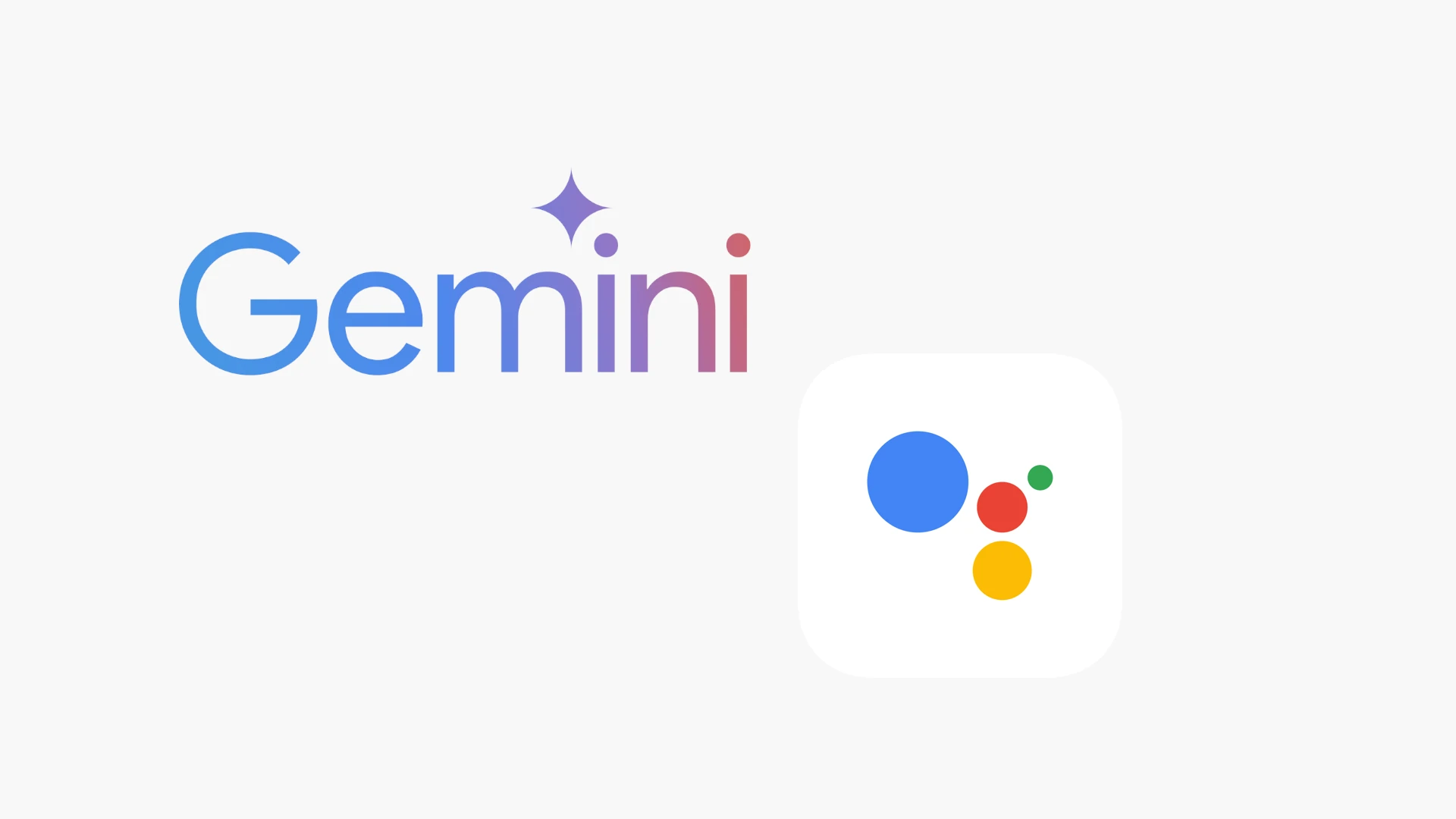Google has introduced a new AI chatbot called Gemini, sparking comparisons with its established Google Assistant. Both offer virtual assistance, but Gemini brings advanced conversational abilities and improved task handling. Gemini outperforms Google Assistant in creative tasks, complex problem-solving, and multi-step queries.
Gemini uses large language models to understand context and generate more natural responses. It can help plan trips, answer follow-up questions, and tackle open-ended tasks. Google Assistant excels at quick voice commands, device control, and accessing Google services.
Users now face a choice between these AI assistants. Gemini offers more advanced capabilities but is still new and developing. Google Assistant remains a reliable option for everyday tasks and smart home control. The competition between them will likely drive further AI assistant innovations.
Google Gemini vs. Google Assistant: Understanding the Differences
What are Google Gemini and Google Assistant?
Google Gemini and Google Assistant are both Google products focused on artificial intelligence and user interaction, but they serve different purposes and operate on distinct underlying technologies.
- Google Assistant: A virtual assistant that responds to voice commands and performs various tasks, such as setting reminders, playing music, answering questions, and controlling smart home devices. It’s designed for everyday convenience and quick interactions.
- Google Gemini: A family of large language models (LLMs) designed for more complex and sophisticated tasks, including understanding and generating text, code, images, and more. It’s built to be multimodal, meaning it can handle different types of information.
Key Differences
| Feature | Google Assistant | Google Gemini |
|---|---|---|
| Primary Function | Virtual assistant for everyday tasks | Large language model for complex tasks, multimodal capabilities |
| Interaction Method | Primarily voice commands, also text input | Text, code, images, and other modalities |
| Underlying Tech | Primarily rule-based systems and simpler AI models | Large language models (LLMs) with advanced AI architecture |
| Capabilities | Simple task execution, information retrieval | Complex reasoning, text generation, code generation, image understanding, multimodal understanding, and more. |
| Focus | Convenience, speed, and integration with devices | Advanced AI research and development, complex problem-solving, and creating more human-like interactions. |
| User Availability | Widely available on various devices | Currently being integrated into Google products, not yet directly available to consumers as a standalone product in the same way as the Assistant. |
How They Work
- Google Assistant: Relies on pre-programmed rules and simpler AI models to understand voice commands and perform actions. It’s optimized for speed and efficiency in completing common tasks.
- Google Gemini: Uses a vast amount of data to train its large language models. This allows it to understand context, generate creative content, and perform tasks that require deeper understanding and reasoning. Gemini is designed to be multimodal, meaning it can process and understand different types of information, such as text, code, and images, and generate different outputs.
Examples of Use Cases
- Google Assistant:
- “Hey Google, set a reminder for 3 PM.”
- “Play music on Spotify.”
- “What’s the weather like today?”
- “Turn off the lights.”
- Google Gemini:
- Generating different kinds of creative text formats, – poems, code, scripts, musical pieces, email, letters, etc.
- Answering your questions in an informative way, even if they are open ended, challenging, or strange.
- Following your instructions and completing your requests thoughtfully.
- Understanding and responding to complex prompts that involve multiple steps or conditions.
- Understanding and generating code in various programming languages.
- Analyzing and understanding images and generating text descriptions.
The Relationship Between Gemini and Assistant
Gemini is not designed to replace Google Assistant. Instead, it’s expected to enhance it. Gemini’s advanced capabilities are being integrated into various Google products, including the Assistant, to make them more powerful and versatile. Think of Gemini as the engine that powers future improvements to the Assistant and other Google services.
Future Implications
Gemini’s multimodal capabilities could lead to significant advancements in various areas:
- More natural and intuitive user interfaces: Allowing users to interact with technology in more human-like ways.
- Improved accessibility: Making technology more accessible to people with disabilities.
- Advanced research and development: Enabling new discoveries in fields like science, medicine, and engineering.
- More personalized user experiences: Creating more tailored and customized experiences for individual users.
Understanding the Technical Differences
While Google Assistant utilizes a combination of natural language processing (NLP), speech recognition, and other AI techniques, Gemini is based on a more advanced architecture of large language models (LLMs). LLMs are trained on massive datasets of text and code, which allows them to learn complex patterns and relationships in language and other data. This enables Gemini to perform more sophisticated tasks compared to the more rule based approach of the current Assistant.
Staying Updated on Gemini’s Development
Gemini is still under development, and Google continues to refine its capabilities. Keep an eye on official Google announcements and news for the latest updates on Gemini’s progress and integration into Google products.
A Table Summarizing the Differences
| Feature | Google Assistant | Google Gemini |
|---|---|---|
| Primary Focus | Task completion and information retrieval | Advanced reasoning, content creation, multimodal understanding |
| Interaction | Voice, text | Text, code, images, audio, video |
| Core Technology | Rules based systems, simpler AI models | Large Language Models (LLMs) |
| Current Availability | Widely available | Being integrated into Google products; not a standalone consumer product like the Assistant (yet) |
| Goal | Everyday convenience | To create a more capable and versatile AI system that can understand and interact with the world in a more human-like way. |
Key Takeaways
- Gemini offers advanced conversational abilities and complex task handling
- Google Assistant excels at quick commands and device control
- Both assistants have strengths, with Gemini showing promise for more complex interactions
Overview of Google Assistant and Google Gemini
Google Assistant and Google Gemini represent two distinct AI-powered technologies from Google. These digital assistants offer unique features and capabilities for users across various devices and platforms.
Core Functions and Integration
Google Assistant focuses on task-oriented assistance and voice commands. It integrates seamlessly with Android devices, iOS apps, and smart home gadgets. Users can control smart home devices, set reminders, and get quick answers to simple questions.
Gemini, on the other hand, excels in more complex AI interactions. It uses advanced language models to engage in natural conversations and tackle multi-step tasks. Gemini can summarize topics, create content, and provide in-depth explanations.
Both assistants integrate with Google services like Gmail and YouTube. Google Assistant works well for everyday tasks, while Gemini shines in more sophisticated applications.
Design Philosophy and User Experience
Google Assistant’s design prioritizes simplicity and accessibility. It offers a straightforward interface with voice-first interactions. Users can quickly access information and perform actions through simple voice commands or text input.
Gemini takes a different approach, focusing on contextual understanding and nuanced responses. It aims to provide more human-like interactions, adapting to user preferences and conversation history.
Google Assistant is widely available on various devices without additional costs. Gemini, being more advanced, may require a subscription for full access to its capabilities.
The choice between the two depends on user needs. Google Assistant suits those seeking quick, practical help. Gemini caters to users who want more in-depth, AI-powered conversations and assistance.
Comparative Analysis of Features and Capabilities
Google Gemini and Google Assistant offer distinct capabilities tailored to different user needs. Gemini excels in advanced AI tasks, while Assistant focuses on everyday voice commands and device control.
Advanced Capabilities and Limitations
Gemini boasts superior reasoning and problem-solving skills. It can handle complex tasks like data analysis and creative content generation. The AI understands context better, enabling more nuanced conversations.
Google Assistant shines in simple, everyday tasks. It excels at setting timers, controlling smart home devices, and providing quick information. Its voice recognition is highly accurate for common queries.
Gemini’s multimodal capabilities allow it to work with text, images, and other data types. This feature enhances its usefulness for researchers and creative professionals.
Assistant’s limitations include difficulty with abstract concepts and creative tasks. It struggles with context-based follow-up questions.
Evolving Technology and Future Prospects
Gemini represents a significant leap in AI technology. It uses large language models and generative AI to improve continuously. Google plans to integrate Gemini into various products and services.
The Gemini app may eventually replace Google Assistant on some devices. Gemini Pro and Ultra versions offer more advanced features for specific use cases.
Google Assistant will likely focus on refining its core strengths. Improvements in natural language processing and device integration are expected.
Both AIs will face ongoing challenges in ethical AI development. Privacy concerns and responsible AI use will shape their evolution.
Frequently Asked Questions
Google Gemini and Google Assistant are both AI-powered tools, but they have distinct features and capabilities. Users considering a switch between the two may have several questions about their differences and practical implications.
What are the key differences between Google Gemini and Google Assistant?
Gemini is Google’s newer AI model with advanced language understanding. It can handle more complex tasks and engage in deeper conversations. Google Assistant is primarily designed for quick voice commands and simple queries.
Gemini offers improved natural language processing and can understand context better. It’s built to tackle more sophisticated problems and provide more detailed responses.
Can you compare the feature sets of Google Gemini and Google Assistant?
Google Assistant excels at device control, setting reminders, and basic web searches. It integrates seamlessly with Google’s ecosystem of services and smart home devices.
Gemini focuses on advanced AI capabilities like analyzing images, coding assistance, and creative writing. It can engage in more nuanced discussions and provide more detailed explanations on various topics.
How does Google Gemini’s performance compare to that of Google Assistant?
Gemini generally outperforms Google Assistant in complex tasks requiring deeper understanding. It can provide more accurate and comprehensive responses to open-ended questions.
Google Assistant remains faster for simple commands and device control. Its voice recognition and quick response times make it efficient for everyday tasks like setting alarms or checking the weather.
What are user opinions on switching from Google Assistant to Gemini?
Some users appreciate Gemini’s advanced capabilities and more human-like interactions. They find it helpful for research, problem-solving, and creative tasks.
Others prefer Google Assistant’s simplicity and speed for basic functions. Some users report that Gemini occasionally gives incorrect answers to simple time-based queries.
How can I switch from Gemini to Google Assistant, and is it reversible?
Users can switch between Gemini and Google Assistant in their device settings. The process is typically reversible, allowing users to revert to their preferred assistant.
The exact steps may vary depending on the device and operating system. Users should check their device’s specific instructions for the most up-to-date information.
What are the implications of choosing Google Gemini over Google Assistant for daily use?
Choosing Gemini might lead to more engaging and informative interactions for complex queries. Users may benefit from its advanced problem-solving capabilities in work or study scenarios.
However, for quick tasks like setting timers or making calls, Google Assistant might be more efficient. Users should consider their primary needs when deciding between the two assistants.







